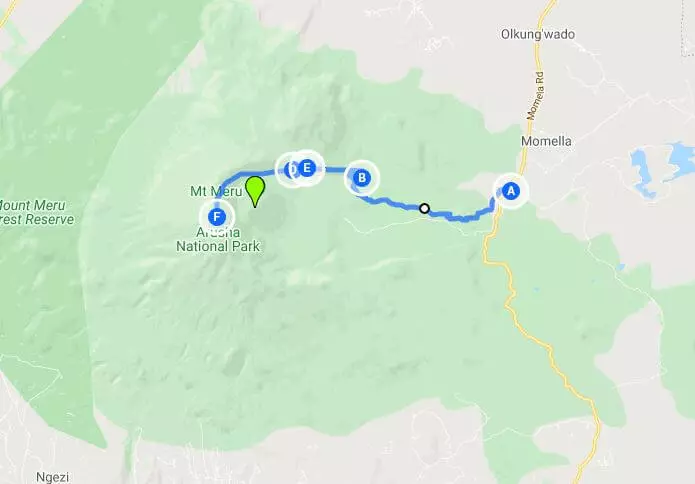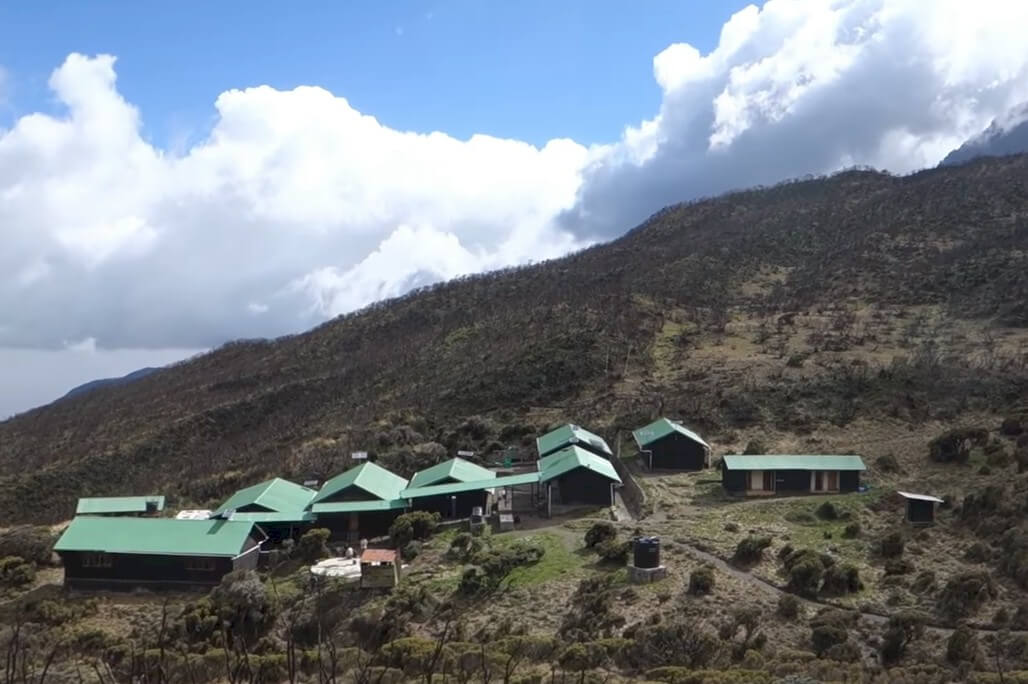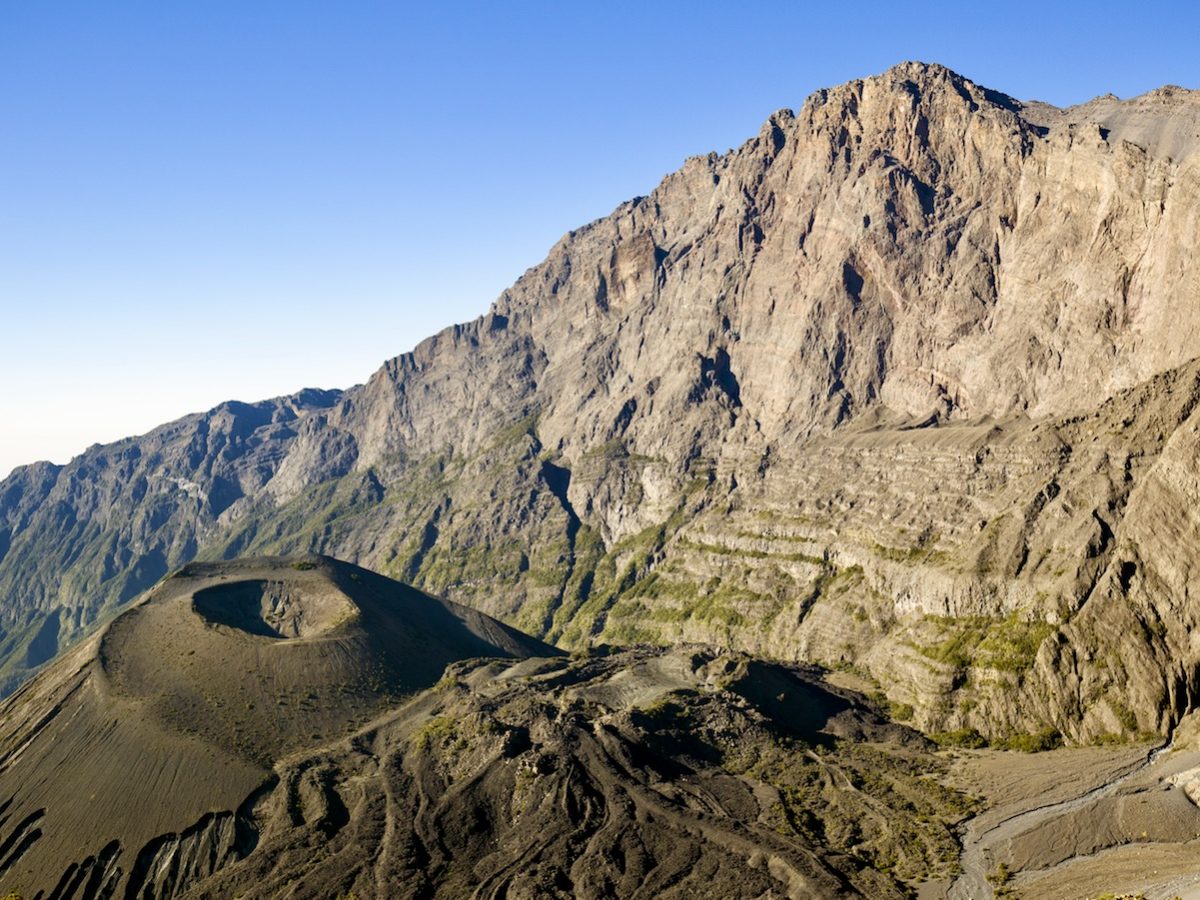Mount Meru Tanzania
Lesser Known
acclimatisation Peak

Lesser Known
acclimatisation Peak


Day-1: Kilimanjaro International Airport arrival and transfer to hotel.
Day-2: Drive to Arusha National Park - Miriakamba
Elevation: 1,500 m to 2,500 m
Distance: 10 km
Hiking Time: 4-6 hours
Habitat: Rain Forest
We arrive after about a 2 hr drive, at the Momella Gate (1,500 m) where we meet up with our porters and game ranger, and head off through the lush forest, crossing the Ngare Nanyuki river. to reach Miriakamba Hut at 8337ft / 2541m for overnight taking 4 to 5 hours. En route up, we will get views of buffalo grazing in the lush fields below us, and in the far distance, Kilimanjaro. Over night Miriakamba Hut

Day-3: Miriakamba - Saddle Hut
Elevation: 2,500m to 3,570m
Distance: 4 km
Hiking Time: 2-3 hours
Habitat: Heath Zone
Today we ascend steeply for about 2 to 3 hours, through the lush forests full of bird song, toward Saddle Hut at 3570m. We may be fortunate to see a couple of buffalo grazing nearby as we start out. We take in an afternoon trek to Little Meru, at 3794 and return to Saddle Hut for overnight.
Day-4: Saddle Hut to Summit to Momella Gate
Elevation: 3,570m to 4,565m to 1,500m
Distance: 18 km
Hiking Time: 8-12 hours
Habitat: Alpine Desert to Forest
We start out around 02h00 to Rhino Point and then Cobra Point up very steep and slippery sections. The last hour of the trek is something of a scramble on a rocky ridge between the crater and inner cliffs of Meru to the summit of Meru, also known as Socialist Peak at 4565m, just in time to watch the to see the sun rise behind Mount Kilimanjaro. We then descend all the way back to the park Gate to be met and transferred back to our Hotel and overnight.

Day-5: Depart
After breakfast, transfer to Kilimanjaro airport for your departure flight home.
For the 4 day trek option, day 4 is as follows
Day-4: Saddle Hut to Summit to Miriakambu
Elevation: 3,570m to 4,565m to 2,541m
Distance: 8 km
Hiking Time: 4-6 hours
Habitat: Alpine Desert to Heath Zone
We start out around 02h00 to Rhino Point and then Cobra Point up very steep and slippery sections. The last hour of the trek is something of a scramble on a rocky ridge between the crater and inner cliffs of Meru to the summit of Meru, also known as Socialist Peak at 4565m, just in time to watch the to see the sun rise behind Mount Kilimanjaro. We then descend all the way back to Miriakamba Hut at 8337ft / 2541m for overnight
Day-5: Miriakambu - Momella Gate
Elevation: 2,541m to 1,500m
Distance: 10 km
Hiking Time: 4-6 hours
Habitat: Heath Zone to Forest
After breakfast, you retrace your steps down the trail past the waterfall and back down to the park gate. You are then transferred back to Moshi.
Day-6: Depart
End of services